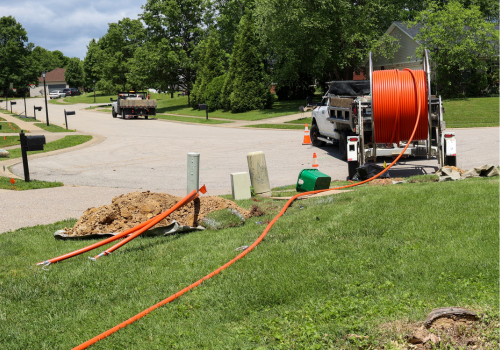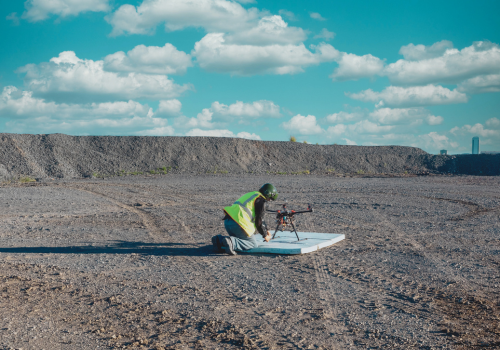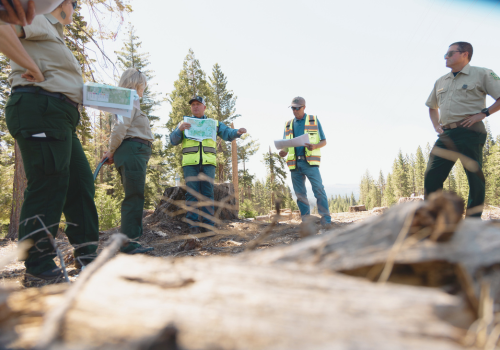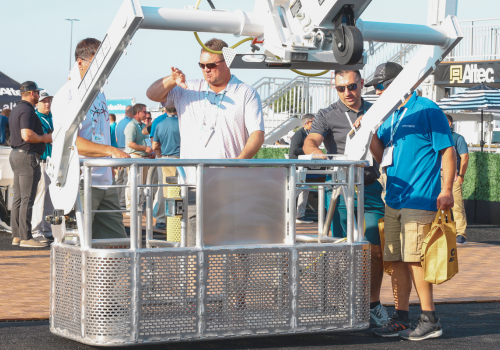“If you ask the average person on the street, they’d say there are few women in construction,” says Vanessa Lucido, CEO of ROC Equipment. “That’s absolutely not true. We’ve done a great job of welcoming women into construction. We just haven’t done a great job of promoting that fact.”
ROC Equipment was started in 2007 by a foundation driller seeking quality tooling at reasonable cost. The firm has expanded to include drill rigs, casing and other tools and supplies for underground utility work plus offering a large rental fleet for this work. Lucido has been running the company for twelve years and has seen a steady influx of women not only to ROC Equipment but also to construction in general and the utility sector in particular.
Why the change?
“First, there’s been a cultural shift,” she says. “Legacy construction families were male-dominated from the beginning. It was dad, a son or sons, maybe an uncle. The women in the family did something else or didn’t work at all outside the home.” She says today’s construction families are fully involved in the family business, males and females alike.
Women have also found the nature of construction work to be appealing, and that includes on-site work. “Desk work can be tedious and repetitive, whereas working outdoors is vibrant and exciting.” And it’s not just the physical joy of being outdoors; there’s a mental benefit, too. The vitality of working outdoors stimulates spontaneous creative thinking. “My best business ideas come to me when I’m outdoors and active.” Lucido says many women in utility work enjoy splitting their time between the field and the office.
And, according to Lucido, women are well suited to utility work. Take the example of an equipment operator. Technology has been developed to make running a machine easier for less-skilled employees to address the shortage of experienced operators, and the tech has provided that benefit. “But that same technology also allows skilled operators to perform complex, layered tasks, and women are better at multitasking. They pay greater attention to detail.” She admits she can’t point to studies to prove her point, but the truth of it seems inescapable from her observations, many of those observations of women she has personally helped get work in construction and utility work.
How do I start?
The primary path to entry into utility work is the same for women as it is for men: networking. Everyone knows someone who works in construction; find that person and have a discussion.
But Lucido says a more active—even aggressive—approach can pay off. “If you see something that sparks your interest, follow up on that. You’re driving along and see a company name on a crane or a directional drill at a project…go to that company. Tell them you’re interested in what they do and how it might work with your career goals.” She also advises a boots-on-the-ground strategy. “Don’t just chat with your acquaintance who works in construction. Ask if they can help you get on site with someone to mentor you. Ask if you can job shadow your friend for a day.
“The Utility Expo may well be the best opportunity to get familiar with the industry, to make contacts, to network.” There’s tons of training available, from contractors to equipment dealers to trade associations. Many of those trade associations are women-specific. Five years ago Lucido found one women-in-construction group to join; she is now a member of six such groups.
Three tips to start in the utility industry
Lucido shares three tips for women seeking to enter the utility workforce. These tips are equally applicable to men with the same objectives, but women may be less likely to already know these tips or less likely to act upon them.
1. “Don’t be afraid to get yourself out there.” People in this industry love to talk about what they do and to share information with anyone who shows an interest.
2. “Find some way to get first-hand experience. There is no substitute.”
3. “Get the right pair of boots.” Be ready to be outdoors and on the ground all day. Dress the part. The technology that goes into modern workwear helps workers remain comfortable in even the most extreme conditions. And yes, women’s cuts and styles are available and availability is increasing.
Subscribe to The Utility Expo monthly newsletter to receive more industry insights like this.
Read Next
5 Tips to Step Up Recruitment and Support of Women in the Utility Industry
5 Tips for Recruiting the Next Generation of Utility Workers












